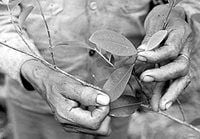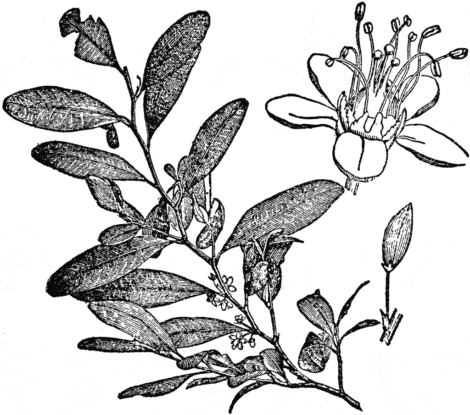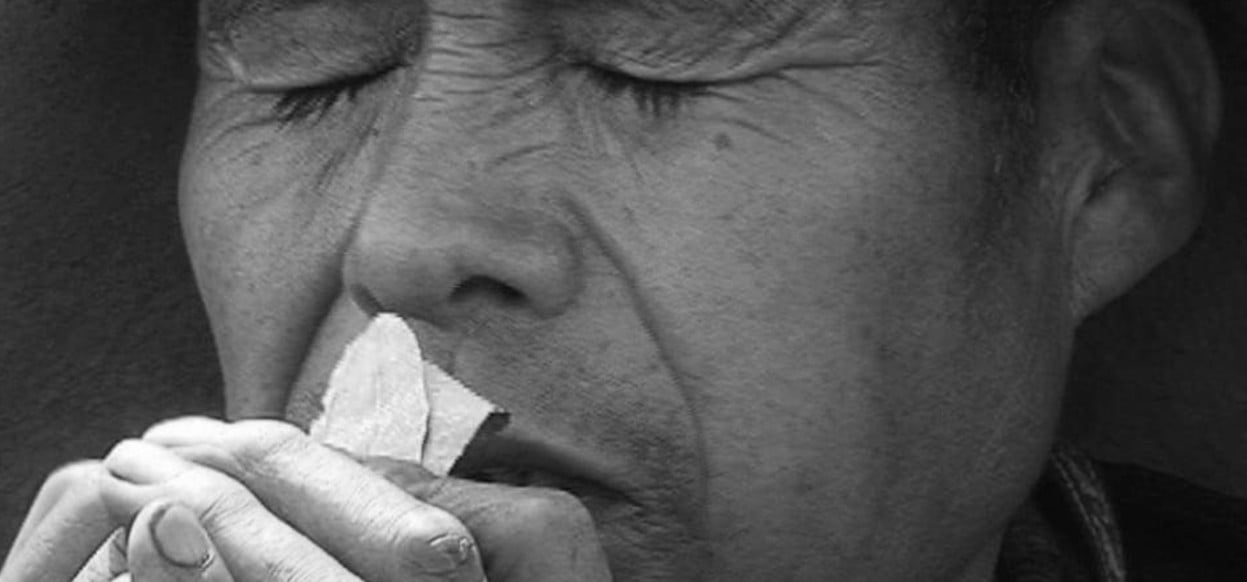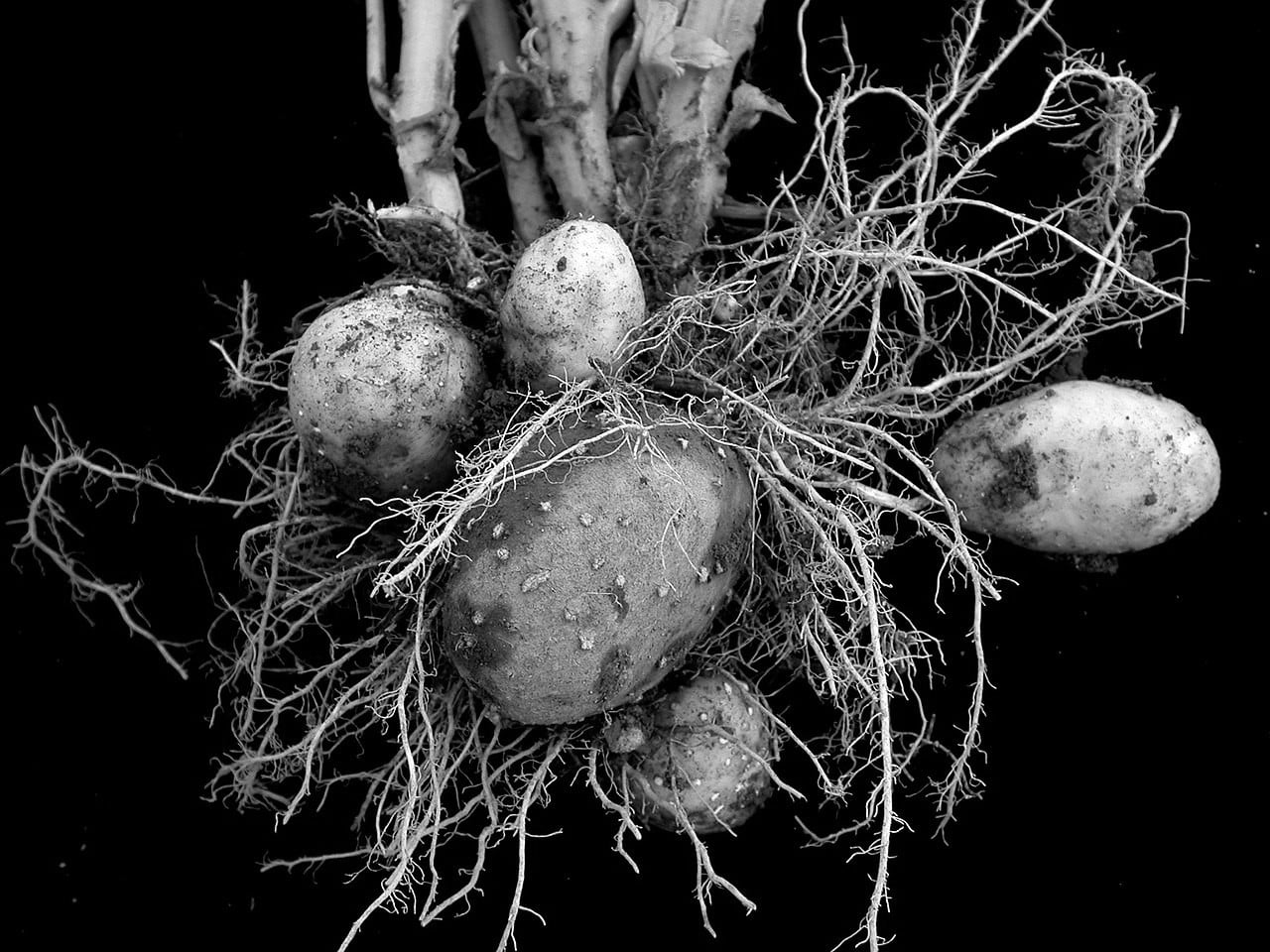Discover the legend of coca, God Inti’s gift to Peru and Bolivia
In this Article
Within a minute of our first steps onto the street, the night of our arrival, we’d been offered cocaine twice by boys no older than fifteen.
They stood on corners and nodded at us and strolled a few paces alongside: “Coca? Coca? Muy pura…” we didn’t ask but we are sure the coca was cheap.
You’d have to be crazy or desperate or foolish to buy cocaine from a kid in a neighborhood thick with military police wearing machine guns and slouched berets, patrolling the busy streets of La Paz. But many travelers are foolish or desperate or crazy, and given Bolivia’s immediate proximity to Peru, cocaine is notoriously abundant.
For the Aymara and Quechua people, Coca has been also considered as the weapon that God Inti, some say even the creator Viracocha, gave them to restore justice between the local people and the conquistadores – the White. Viracocha or Wiracocha is the Incan creator god, his son is the sun or Inti and the two daughters are the Moon mother, Mama Quilla and the earth mother, Pachamama.
It is considered a divine plant which satiates the hungry, strengthens the weak, and causes those who chew it to forget their misfortunes.
In this legend it turns the most faithful ally in the life of resistance of the Indian, if it is transformed to white, it will turn into toxic, into dependence, into misfortune.
The white powder is the isolated illegally manufactured purified drug, cocaine hydrochloride.
LEGEND: COCA, God Inti’s Gift to Peru and Bolivia

The sacred plant was a gift from the sun god Inti who instructed the moon mother Mama Quilla to plant the coca in the moist valleys of the Andes.
Only to be used by the Incas, as they were the descendants of the gods, to give them endurance to live life on earth.
Inti and Mama Quilla create Coca

Maria from la Paz told us this story, on the boat ride to the Isla del Sol in the Titicaca Lake in 2014.
Cómo los Inca descubrieron los beneficios de la hoja de COCA
Cuenta la leyenda que durante el reinado del lnca Atahuallpa, el sumo sacerdote (yatri) y el depositario del tesoro del templo del Sol, en la isla de Titicaca, era un viejo sabio y adivino llamado Khana Chuyma. Por aquel tiempo llegaron a estas tierras los conquistadores españoles, ávidos de oro, quienes sometieron indios, profanaron dioses y saquearon templos. Resuelto a impedir que el oro sagrado del Sol caiga en manos del invasor, Khana Chuyma lo escondió en un lugar secreto a orillas del Lago, y diariamente subía a una altura para escudriñar si se aproximaban las huestes de Pizarro. Un día las vio venir a lo lejos. Sin perder un instante, arrojó todo el tesoro a lo más profundo de las aguas. Enterados de lo ocurrido, los españoles prendieron al viejo sacerdote para arrancarle a viva fuerza el secreto de las riquezas perdidas. Khana Chuyma soportó estoicamente los más crueles tormentos, sin que una sola palabra saliera de sus labios. Cansados sus verdugos de torturarlo inútilmente, lo dejaron moribundo en un campo, En medio de su dolorosa agonía, esa noche Khana Chuyma tuvo una visión: Inti, el dios Sol se le apareció resplandeciente tras una montaña y le habló así:”Hijo mío, tu heroico sacrificio para salvar los objetos sagrados merece recompensa. Pídeme lo que quieras, que te será otorgado”. “Oh dios amado, qué otra cosa puedo pedirte en esta hora de duelo y derrota sino la redención de mi raza y la expulsión de los invasores” “Lo que tú me pides, respondió el Sol, es ya imposible. De nada vale mi poder contra estos intrusos. Su dios me ha vencido y yo también debo huir a esconderme en el misterio del tiempo, pero antes de partir quiero concederte algo que está dentro de mis facultades”. “Ya que es imposible devolver la libertad a mi pueblo, al irnos te pido, padre mío, algo que lo ayude a soportar la esclavitud y las penurias que le esperan; algo que no sea oro, riqueza, para que la codicia del invasor no se lo debata. Te pido un consuelo secreto que dé a los míos la fuerza para sobrellevar los trabajos, los vejámenes y las humillaciones que sus opresores les impondrán” “Concedido”, dijo Inti, “Mira a tu alrededor ¿ves esas plantas de hojas verdes y ovaladas que hice brotar? Di a los tuyos que las cultiven con todo cuidado y que sin lastimar sus tallos arranquen las hojas, y después de secarlas, las mastiquen…
…El Jugo de esas plantas será un bálsamo para sus sufrimientos. Al mascar las hojas juntos, compartirán todos ustedes momentos de confraternidad y alegría solidaria. En los duros trabajos que deberán acometer, esas hojas les quitarán la fatiga y les darán nuevos bríos. En los largos viajes por las punas inclementes, la coca aliviará del hambre y del frío y les hará más llevadero el camino. En las minas, que sus nuevos amos les obligarán a laborar, no podrán soportar la fetidez, la oscuridad y el terror de los profundos socavones sino con la ayuda de la coca. Cuando deseen indagar en el futuro incierto, un puñado de esas hojas lanzado al azar les revelará los misterios del destino. Pero estas hojas que para ustedes significan la salud, la fuerza y la vida, están malditas para los opresores. Cuando ellos se atrevan a utilizarlas, la coca los destruirá, pues lo que para los indios es alimento divino, para los blancos será vicio degradante que inevitablemente les producirá el envilecimiento y la locura.
Esta planta sagrada es el legado que les dejo. Cuiden que no se extinga y hagan buen uso de ella”.
How the Inca discovered the benefits of the COCA leaf
The legend tells, that during the reign of the Atahuallpalnca, the high priest (yatri) and depositary of the treasure of the Temple of the Sun, on the island of Titicaca, was an old sage and fortune-teller named Khana Chuyma. At that time the Spanish conquistadores, arrived in these lands, eager for gold, subdued Indians, profaned gods, and plundered temples.
The Indians, helpless and unprotected, invoked their gods in vain, and in vain also complained with bitter tears; No one in heaven or on earth had pity on them. Khana Chuyma, determined to prevent the sacred gold of the Sun from falling into the hands of the invaders, daily climbed a height to scrutinize if the hosts of Pizarro approached.
Without losing an instant, he threw the whole treasure into the depths of the waters. Aware of what had happened, the Spaniards arrested the old priest to wrest the secret of the lost riches. Khana Chuyma stoically endured the most cruel torments, without a single word coming out of his lips. In the midst of his painful agony, that night Khana Chuyma had a vision: Inti, the sun god, appeared, glowing behind a mountain and he spoke to him:
“My son, your heroic sacrifice to save the sacred objects deserves reward. Ask for what you want, which will be granted to you.”
“Oh dear god, what else can I ask of you in this hour of mourning and defeat but the redemption of my race and the expulsion of the invaders”.
“What you ask of me,” answered the Sun, “is now impossible, my power is worthless against these intruders. God has defeated me and I must flee to hide myself in the mystery of time, but before I leave I want to grant you something that is within my faculties.”
“Since it is impossible to give freedom to my people, I ask you, Father, something to help you endure the slavery and the hardships that await you, something that is not gold, wealth, so that the greed of the invader does not take it.
I ask for a secret consolation that will give me the strength to cope with the labors, disgrace and humiliations that their oppressors will impose on them.”
“Granted”, said Inti, “Look around you, do you see those plants with green and oval leaves that I caused to sprout?
I told your people to cultivate them with all care and without hurting their stems, tear off the leaves, and after drying them, these leaves will take away the fatigue and give them new strength.
Guard the leaves with much love and when
you feel the sting of pain in your heart,
hunger in your body
and darkness in your mind…
take them to your mouth and softly, draw up its spirit which is part of mine…
You will find love for your pain
food for your body and light for your mind
Further more, watch the leaves dance with the wind
and you will find answers to your queries. But if your torturer, who come from the North
the white conqueror, the gold seeker, should touch it
he will find in it only…
poison for his body
and madness for his mind
for his heart is so callous as his steel and iron garment
And when the COCA, which is how you will call it,
attempts to soften his feelings
it will only shatter him
as the icy crystals born in the clouds
crack the rocks, demolish mountains …
To you, it will be a spiritual food, for them it will be idiocy and madness.
Cultivate this plant with all care and without hurting their stems, tear off the leaves, and after drying them, these leaves will take away the fatigue and give you new strength. It is the precious heritage that I leave to you.
Be careful to keep it,
And spread it among your people with veneration and love.
This sacred plant is the legacy I leave you.”

Public domain, edited.
Mama Coca provides health benefits over and beyond basic nutrients, it is medicine, sustenance, coca is fundamentally cultural.
NOTA BENE:
The cultivation, sale, and possession of unprocessed Coca leaf is generally legal in Bolivia, Peru, Chile and Argentina – where traditional use, like Chewing of coca, is established, although cultivation is restricted.
~ ○ ~
Keep exploring:
Works Cited & Multimedia Sources
- https://www.tni.org/en/primer/coca-leaf-myths-and-reality
- Georg Anne. Rebranding Bolivia’s demonized, sacred coca plant.
- Historia en accion:La hoja de coca para el Peru.
- Marinete. Mitos sobre la coca. (waybackmachine)
- Museo de la coca. La Paz, Bolivia.
- https://en.m.wikipedia.org/wiki/Coca
- Usos de la Coca en Medicina Tradicional



